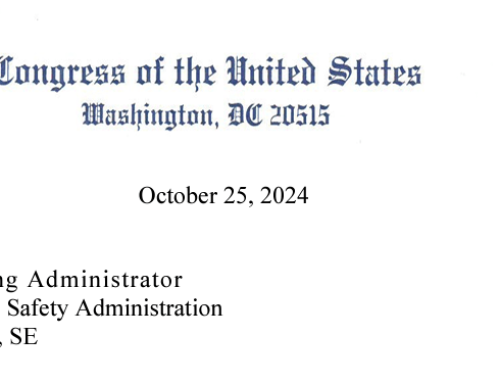Anti-Motorcycle Bias
The numbers tell a sobering story: motorcycles make up only about 3% of vehicles on American roads, yet account for 14% of all traffic fatalities. But here’s what many don’t realize – a large percentage of these crashes aren’t the rider’s fault. Despite this fact, police reports often reflect deep-seated biases against motorcyclists, blaming the rider for the crash almost every single time.
Common Assumptions That Hurt Riders
When police respond to a motorcycle crash, they often arrive with preconceptions that can color their investigation. Many assume the rider must have been speeding, lane splitting, or riding recklessly. These assumptions can lead to incomplete investigations where crucial evidence is overlooked or misinterpreted.
Take the classic scenario of a car making a left turn in front of a motorcycle. Research shows this is one of the most common types of motorcycle crashes, yet police reports sometimes blame the rider for “excessive speed” simply because the car’s driver claims they didn’t see the motorcycle coming.

How Bias Affects Your Case
Insurance companies often treat these reports as gospel, using them to deny or minimize legitimate claims. When we review cases at New Mexico Biker Lawyer, we frequently find that initial police reports fail to capture crucial details that would show the other driver’s responsibility. If you try to handle your case on your own, there’s a good chance the insurance company will just stick to the “rider at fault” story. Can you overcome that?
Fighting Back with Facts
The good news? Police bias can be overcome with proper evidence and representation. Modern crash reconstruction techniques, witness statements, and surveillance footage often tell a different story than initial assumptions. As riders ourselves, we know exactly what evidence to look for and how to present it effectively. As courtroom experts, we know exactly what kind of evidence is allowed and what isn’t. For example, in most motorcycle crashes, police officers are FORBIDDEN from telling the jury who is at fault. The insurance company is hoping you don’t know that. 🙂
What You Can Do After a Crash
The moments after a crash are critical. Take photos of everything – your bike, the other vehicle, the road conditions, and any skid marks. Get contact information from witnesses before they leave the scene. If you’re physically able, make your own detailed notes about what happened while it’s fresh in your mind. And most importantly, avoid making statements that could be misconstrued as admitting fault. Don’t talk to insurance. Let your lawyer do the talking for you.
When Police Reports Get It Wrong
Remember, a police report isn’t the final word on fault. We’ve handled numerous cases where we successfully challenged and overcame incorrect police reports. Through careful investigation and expert testimony, we can often prove what really happened, regardless of initial assumptions.
Getting the Representation You Need
If you’ve been involved in a motorcycle crash in New Mexico, don’t let biased assumptions determine the outcome of your case. At New Mexico Biker Lawyer, we know how to cut through prejudice and get to the facts. Call us at 505-505-2453 for a free consultation. Unlike other firms, we ride motorcycles ourselves – we know the challenges you face because we face them too.
The initial police report isn’t the end of your story – it’s just the beginning of our fight for justice.
Disclaimer: This blog post is for informational purposes only and does not constitute legal advice. Every case is different, and outcomes depend on the unique circumstances of each case.



